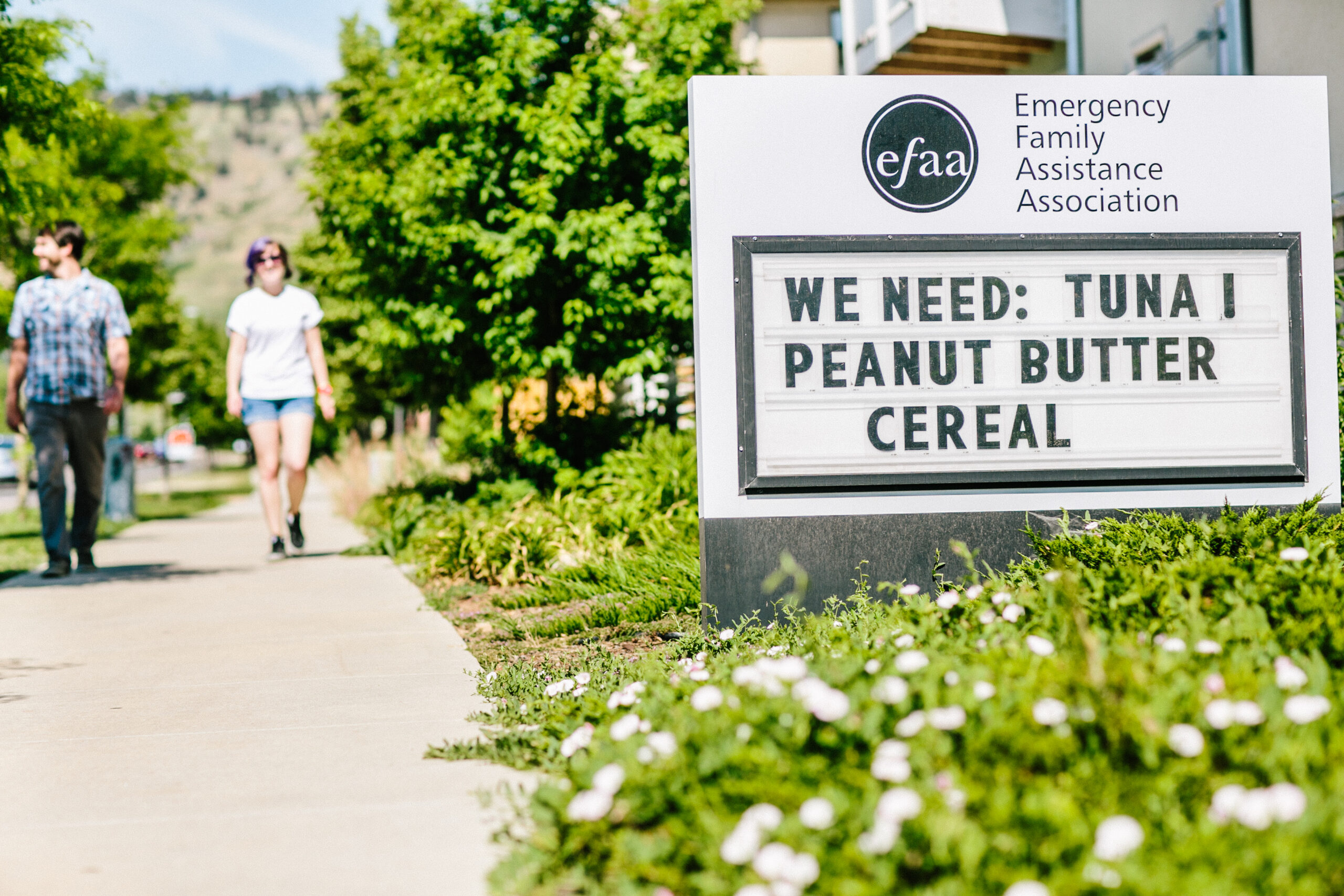By Julie Van Domelen, Executive Director
Not knowing if you can afford food for you and your family is a painful, stressful experience. For many years, EFAA has helped reduce local food insecurity by providing access to our food bank, as well as helping with emergency financial needs like rent and utilities to support overall household budgets. Households can come once per week and typically take home an average of 60 pounds of food per visit. That is about $115 of estimated value per visit, or food support of almost $500 per month. To promote good nutrition and healthy outcomes, EFAA works hard to secure fresh produce, milk and eggs, and other proteins like meat, tuna, and peanut butter, as well as key staples. EFAA’s food bank also keeps a steady stock of diapers and other personal care items.
What is EFAA seeing?
As all of us see the price of groceries increase, the impact is magnified among EFAA participants and on our food bank operations. Before COVID, about 300-325 households would visit EFAA’s food bank in a typical week, this rose to about 400 in the early phase of COVID. As COVID emergency supports kicked in, demand on our food bank tapered off to ‘normal’ levels. However, over the last six months the impacts of inflation and the ending of federal COVID financial supports have driven a spike to historic levels of people coming to EFAA for food. We are now averaging well over 500 households per week. Many are new to EFAA, having been able to make ends meet before and throughout the pandemic, but now squeezed by the rising costs of basic needs.
Where does EFAA’s food come from?
Procuring sufficient food for our shelves has been a challenge. EFAA’s food bank has always relied on food donations through local grocery store pickups, food drives, and support from Community Food Share who provisions most of the ‘retail-level’ food pantries in Boulder County, like ours. With our call to out the community for help, many clubs, churches, schools, and other civic and business organizations have carried out food drives over the summer and around the holidays which saw us through the end of the year. In addition, partners like the City of Boulder and Boulder County, as well as some state grants and EFAA’s own financial resources from monetary donations have allowed for more food to be purchased to meet the needs of folks coming through our doors.
Unfortunately, we do not feel this a temporary situation. Wages have not kept pace with inflation and even if food prices stabilize, people will still need to access food support to help stretch overall household budgets. Piling on top of this is a significant cut in benefits in SNAP (Supplemental Nutrition Support Program), which went into effect March 1. During the COVID public health emergency all recipients were entitled to the maximum benefit. Now, benefits have gone back to previous levels with an average estimated loss of $90 per person per month for the over 18,000 Boulder County residents that receive SNAP benefits.
We are bracing for the added impact of these cuts.
How is EFAA responding?
- Sustaining higher levels of food assistance through diligent planning and sourcing. Community members can help by organizing food drives with your school, club, business, or other group. Financial donations will also help support additional food purchases.
- Focusing on enrolling households for SNAP and advocating for broader efforts at the County level to help people access these benefits. Boulder County is well below the Colorado average for enrolling SNAP eligible households, leaving potentially millions of dollars in food assistance to County residents on the table.
- Supporting raising the minimum wage locally, as the City of Denver has done, to help hard working households better make ends meet. Wages have not kept pace with inflation, and this is most dramatic at lower incomes.


